Opinion by Brandes Elitch
Photos by Hugues Vanhoolandt
Recently a newsstand “car guy” publication published an article titled “Ten Best Sportscars.” Fully a third of their choices were certainly not sports cars in any sense: a four door BMW sedan, a Japanese mainstream family car (Acura), and a McLaren FI, which by its name confirms that it is first and foremost a race car. This article was so off the mark that I have been getting emails asking me to come up with my own Top Ten list, which follows.
It is not a definitive list, not in any particular order, or even a “Top Ten” because that is not even possible, any more than a list of the “ten most beautiful women in the world” or “ten most beautiful art works.” It is an attempt to set our readers, already pretty knowledgeable, on the right path and give them something to think about, and not one driven by our sponsors or lack of historical background. First, let’s try to define the undefinable:
What Is A Sports Car?
In 1954, a British writer named Colin Campbell first published a book called The Sports Car, Its Design and Performance. The first edition was reprinted five times. My copy, of the second edition, was printed in 1962, which is about the time I acquired it. This would be a good place to start in considering what makes a sports car, and what makes some more important than others. I recognize that this is a controversial subject, and your mileage may vary….
In the preface to the first edition, Campbell says, “Despite all claims to the contrary by whimsical friends in the Vintage Sports Car Club, the sports car does not possess a soul. It is no more than a mechanical contrivance…This being the case, we can use such logic and knowledge of engineering design as we possess to analyze its behavior on the road, to show what is good and what is bad in the many components that go to make the modern sports car.
D.B. Tubbs, writing in The Motor, adds to the definition:
“A sports car is, or can be, the link between Grand Prix design and the production touring car, but although it has points in common with both extremes, it is in one way unique…while we judge touring cars and racing cars by what they do, we judge sports cars by what they are…if pressed for a definition, a sports car is a taut, race-bred machine for the dexterous enjoyment of the road.”
In 1955 another influential book appeared, Sports Cars, by Freeman and Georges, which defined the sports car as “an automobile intended primarily to be driven; in this sense it is different from the family car, which is meant to be ridden in…This does not mean a highly specialized type of vehicle but a highly versatile one, capable of the best possible performance under sharply varying conditions, at all speeds, and on many different road surfaces. A car not possessed of this split personality, while it may have certain sports car qualities, cannot properly be called a sports car; it is, rather a high-speed touring car or a competition car, intended for one of the sports car’s two fundamental functions at the other’s expense.”
Campbell continues: “The usual definition tries to fit the sports car between the touring car and the racing car, a sort of “in-between” neither touring nor racing, but something intermediate. This is wrong. A sports car is a touring car and a racing car at one and the same time.”
He sums up: “…the range and variety of sports cars has been extended in all directions. There are expensive race-bred machines like the 300 SL. There are comfortable saloons that can be used for racing, Gran Turismo models like the Lancia Aurelia and the Aston Martin D.B. The fastest sports cars made today can challenge many of the Formula I cars for speed and acceleration, and the slowest can be passed on the straight by many a medium sized family saloon.”
In my selection below, I am deliberately skipping the prewar period, focusing on the immediate postwar, and not including any contemporary presentations either. The fifties and sixties were the Golden Age of Motor Racing, and so I am focusing on that period….
Europe, and England perhaps most of all, was financially a disaster at the end of WW II. The British government imposed an “export or die” policy on the car manufacturers, in the desperate search for hard currency. Jaguar had been preparing for the postwar period with a new range of cars, but almost as a last-minute afterthought, at the 1948 motor show they unveiled a new sports car, called the XK 120. It was a bombshell. There is no need to provide further details as they are readily available. This resulted in five wins at Le Mans in the fifties, and a succession of sports cars for decades to come. What really differentiated Jaguar from the Italian reigning monarchs (aside from disc brakes on the race cars) was the price point; it was half the price of a Ferrari or similar coachbuilt car. Whether you prefer the Jaguar XK 120 or the E-type, or even the XJS, these are perhaps the definitive postwar elegant sports cars.
Lancia Aurelia. Often overshadowed by the Ferrari and Maserati, the Lancia was undoubtedly the best engineered car of the bunch, Ferrari being mostly a motor (with primitive chassis clothed in gorgeous coachwork not done by Ferrari) and Maserati being a pure sportscar. As a package, the Aurelia is certainly more refined and sophisticated. The car was expensive but unfortunately still not priced properly enough to enable the marque to survive, to say nothing of the Grand Prix cars (which Ferrari bought in order to win the World Championship a year later) or the office tower. Whether as a convertible, spyder, or coupe, this is perhaps the ne plus ultra of the period.
Aston Martin DB series. David Brown, successful tractor manufacturer, bought Aston Martin for a song, and then proceeded to buy Lagonda for a pittance. He took the motor out of the Lagonda, which was half of the prewar V-12, and made the DB series, which soldiered on for decades to come. Also a Le Mans winner (1959) and source of British pride even unto today, seventy years later. Certainly one of the greatest British marques of all time, not entirely due to James Bond either.
Colin Chapman, along with Jack Brabham and the Cooper family, completely re-envisioned what a Formula One race car should be in the late fifties and early sixties. Yes, it was a revolution, particularly at Indianapolis, but also in Formula One. Not content to reinvent the racecar, he turned his attention to a sports car. The early Elite was perhaps not fully developed (it was sold as a kit car to avoid the 25% English VAT), but Chapman ultimately developed a revolutionary sports car, the Lotus Elan, beautifully engineered and quite lovely. Surprisingly, no one has really copied it to this day, although there is more than a passing resemblance to the early Miata (styling only).
Maserati: any postwar model, up to the Ghibli. The Maseratis of this period have always stood in the shadow of their rival from Modena, although this is thankfully starting to change today. The early cars and the 3500 (all with coachbuilt bodies) are not so well known in the U.S. but everyone can recognize the Maserati Ghibli, a true masterpiece in every respect. The Ghibli was styled by Giugiaro (undoubtedly the greatest stylist of the postwar period, based on the sheer volume of his successes) when he was working for Ghia. This was in production from 1966-1973.
Ferrari 250 GT. Well, there has to be a Ferrari in the list, right? The 250 GT is perhaps the purest form of the postwar Ferrari, absolutely breathtaking, even today, sixty years later (it was produced from 1954-1960, mostly in Pinin Farina form). This gave Ferrari the foundation to build a real factory and ramp up production, so that he could meet his real goal of financing Formula One racing (he always claimed that the only reason he built street cars was to finance the racecars). This was supposed to be a Ferrari that wealthy people could use as their everyday car, but I wonder if that ever happened?
FIAT 124. Yes, this is not a misprint. Let’s start with the factoid that the 124 series is the most produced model in the history of the automobile (if you count the Russian version, which was fifteen million units by itself). The 124 was available as a sedan, and later as the 125, station wagon, coupe, and of course the convertible, which certainly qualifies as a sports car in every respect. To me, this is absolute genius, taking a somewhat ordinary family sedan and making a sports car version. Why couldn’t every manufacturer do this? (I’m looking at you, FoMoCo and Generous Mother).
Alfa Duetto, but could be Giulia, or let’s face it, any Alfa made in the postwar period. I have owned numerous Alfas, and they all qualify as sporting cars, including the Alfetta GT, the GTV6, and the ubiquitous spider. Every Alfa, sedans included, had this DNA, for almost the entire postwar period, and perhaps even today….If there is one single marque worldwide that encapsulates this DNA, it is indeed Alfa Romeo. Nobody else is even close.
Mercedes 300 SL. People forget that the idea for the 300 SL came from Max Hoffman, the American distributor, who proposed the idea to the Mercedes Board of Directors and then placed an order for the first thousand cars, which got their attention. It was a class winner on the race circuit from Day One (Mille Miglia, SCCA D Class 1955-57, European Rally Championship, etc.) The coupe was built from 1954-57, and the roadster from 1957-63. It was designed as a racecar but achieved success as a sports car: at the 1956 Sebring 12 Hour race, there were 300 of them in the parking lot! I was stationed in Wiesbaden in 1972 and I remember clearly seeing an immaculate roadster for sale for $6000. I suppose I should have bought it. The 300 SL has been called the Sports Car of the Century, and it would be hard to argue with this….
We cannot ignore the Corvette, can we? The original Harley Earl version was primitive and not a sports car in any sense, what with a GMC truck six cylinder motor and a two speed Powerglide. But along came Zora Arkus-Duntov, fighting off indifference and outright hostility for years from the senior management at Generous Mother. He kept working at it and by 1963 the Sting Ray was ready, designed by Pete Brock this time. It was in production through 1967 and like all other American cars at the time, the secret was how to order from the options list, but if you did it right, you would have a bona fide sports car. Zora, R.I.P.
Well, in compiling this list, we could not stop at just ten entries, because we have a compelling eleventh one, the Renault R5 Turbo. Along the lines of taking a family car and making it into a sports car, the Regie went one further: it tasked Marcello Gandini at Bertone to make the R5 into a bona fide world champion rally car, which it did, winning the Monte Carlo Rally and numerous others. This was in production from 1980-1987; 4987 cars were produced. After active factory sponsored racing, it went on to another 20 years in race events, and now lives on it third life in historic racing. At this stage of my life, I have quite enough car projects to last for the duration, but if I could have one more, it would be an R5 Turbo. Should I play the lottery?
Some readers might wonder why I would leave out the MG TC, “the car that started the sports car craze in America.” The reason is simple: the TC was really a prewar car, not a postwar car. This column is about postwar cars. The T type started production in 1936, and by the fifties it was quite outdated, but England was virtually bankrupted by the war, and MG had no capital to build a new car, so they just recycled the prewar car. When the TD came out, Americans were disappointed and felt that it was not really a sports car. Perhaps I will do a column on prewar sports cars, in which case the T series will be included.
The winner of the newsstand magazine test was a Cobra, not included here. The original AC Ace, designed by John Tojeiro, copied from the Touring bodied Ferrari 166MM barchetta, is certainly one of the most shockingly beautiful cars ever built, even prettier than the Ferrari. There is no doubt that all of the AC Ace and Aceca coupe production (about 729 in total) would qualify as a sports car.
But I don’t see the Cobra in the same light. I see it as a hot rod, with some production being pure racecars. About 998 cars were assembled from 1961-1968, and quite a few were built just for racing, so the actual production numbers are very low. This is the same sort of thing that Bill Frick did with the Studillac,built from 1953 and 1955, with a top speed of 130 mph and a 0-60 time of about 8 seconds. The Studillac was of course more of a civilized Grand Touring type of car, but with a Cadillac motor in it it could undoubtedly keep up with any so-called sports car of the day. If you want a racecar, buy a racecar.
I did not include a Porsche because I feel that the early cars, in the sixties and seventies, were simply outclassed by the cars on my list. They were small and underpowered, and then there is the matter of “snap oversteer,” and no, this is not caused by “inexperienced drivers who don’t know what they are doing.” Later cars had longer wheelbase, are wider, have bigger tires, moved the engine forward, redesigned the rear suspension, etc. Can you compare a fifties or sixties Porsche to a Lancia or Alfa? I don’t think so.
I welcome your comments, additions, deletions, etc.
Thanks for listening.
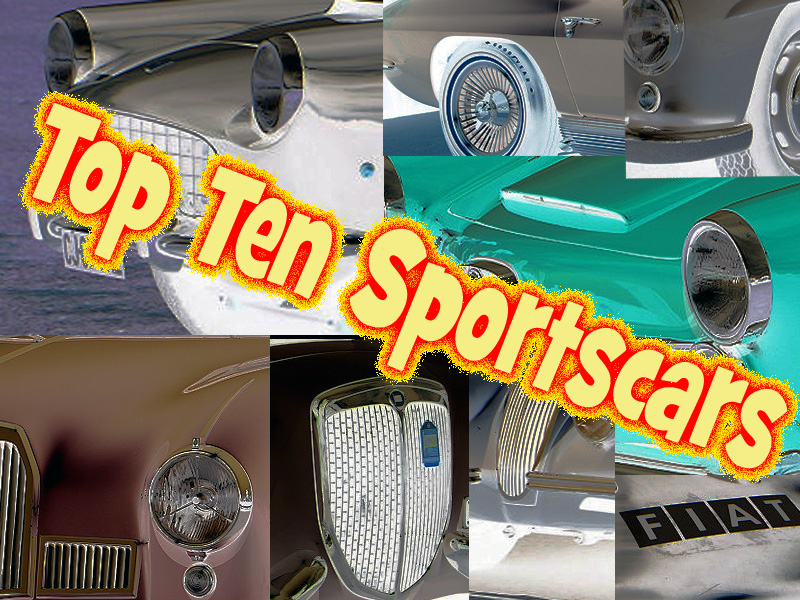
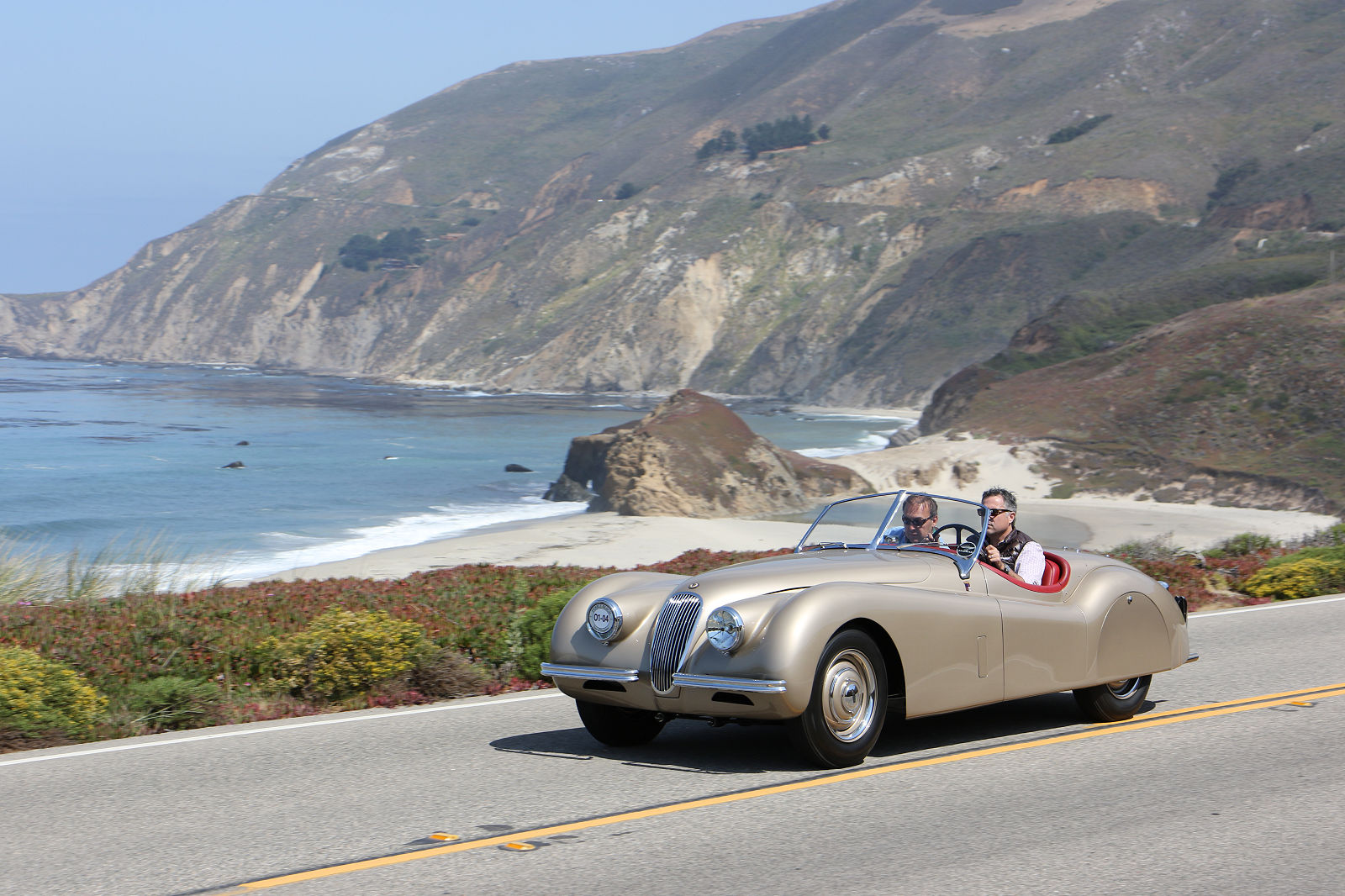
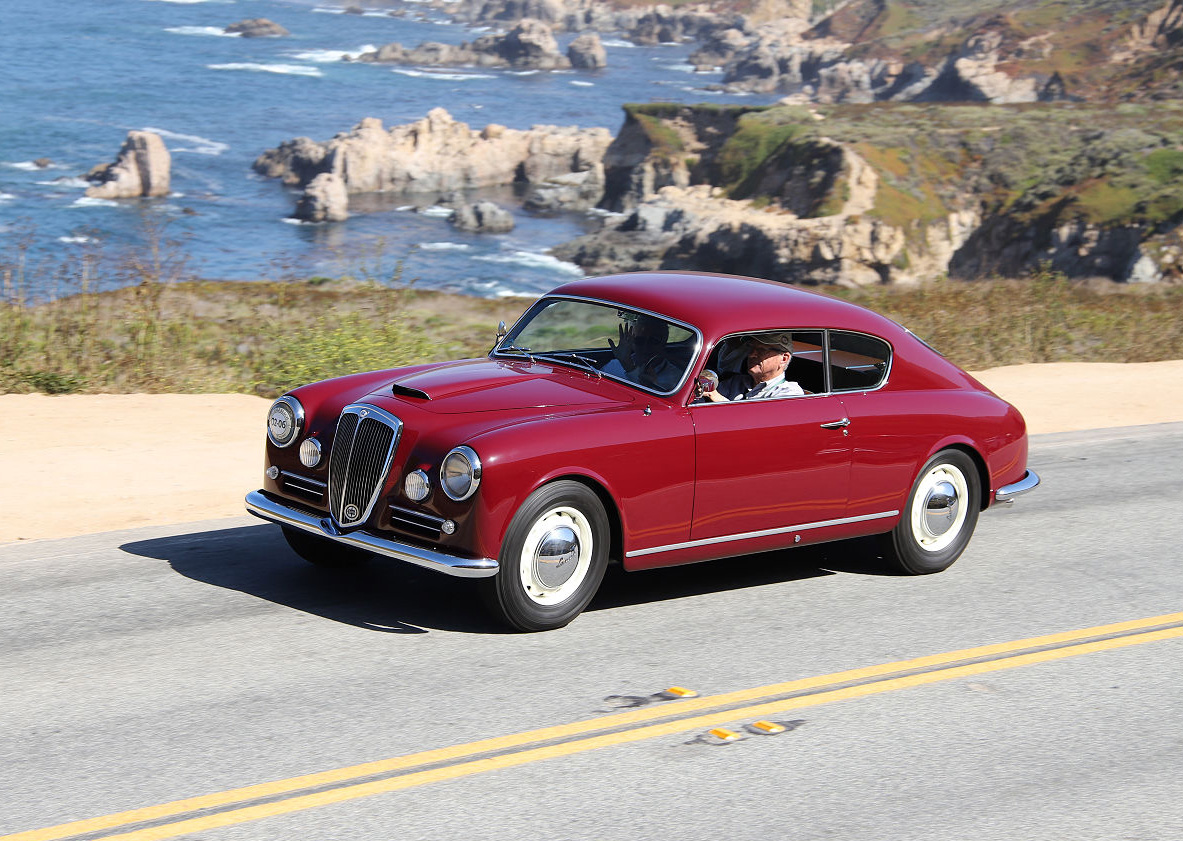
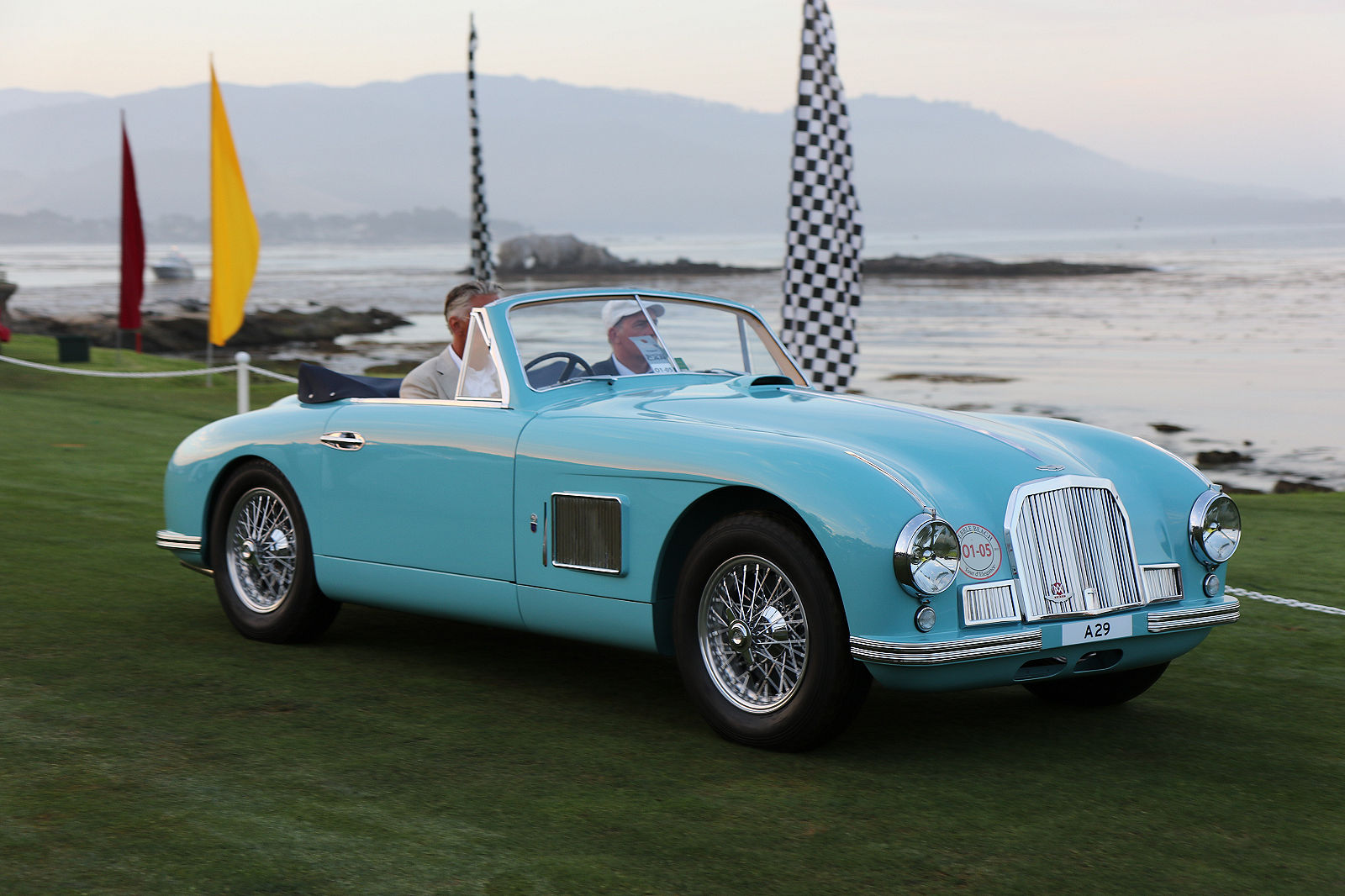
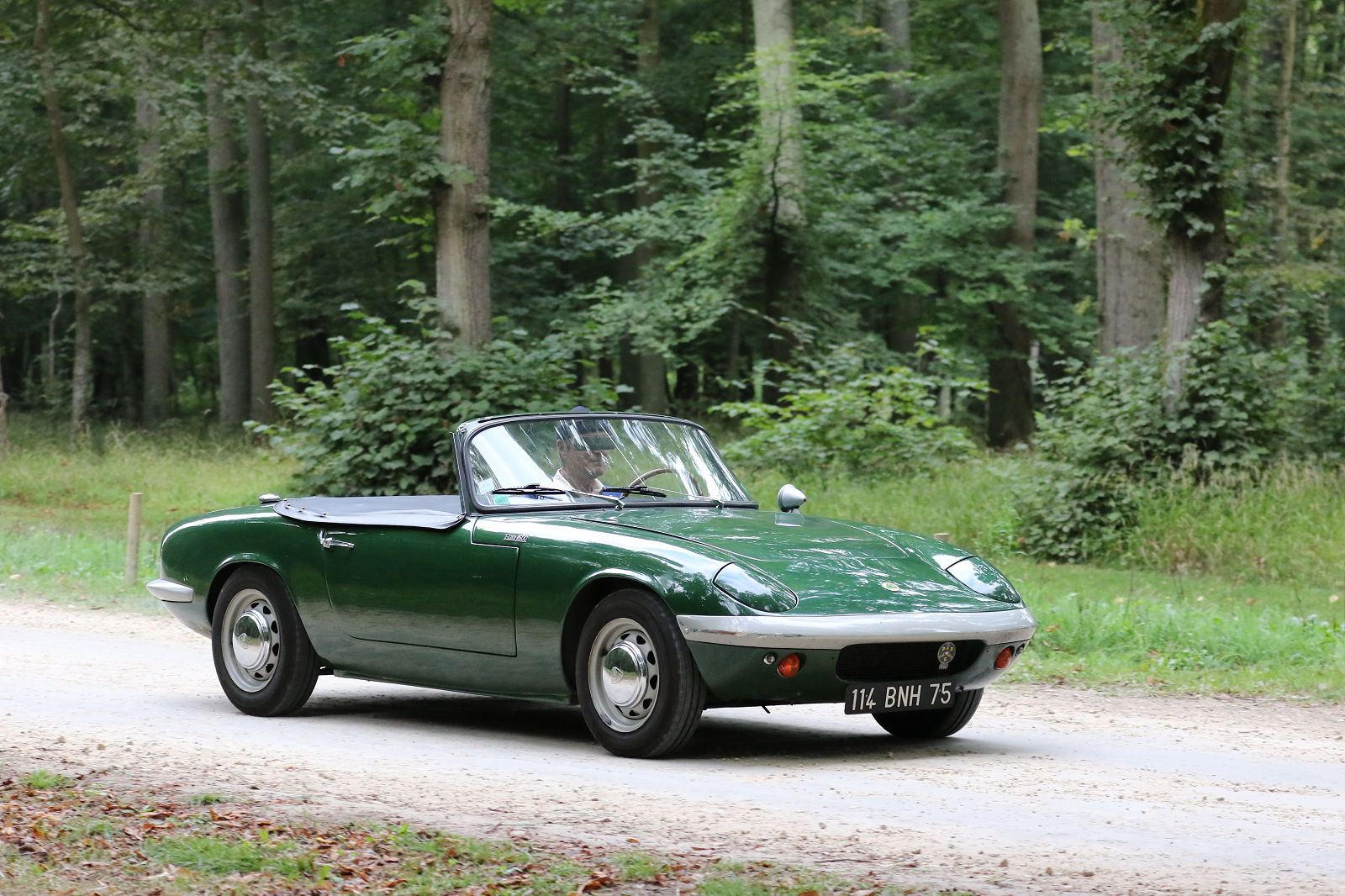
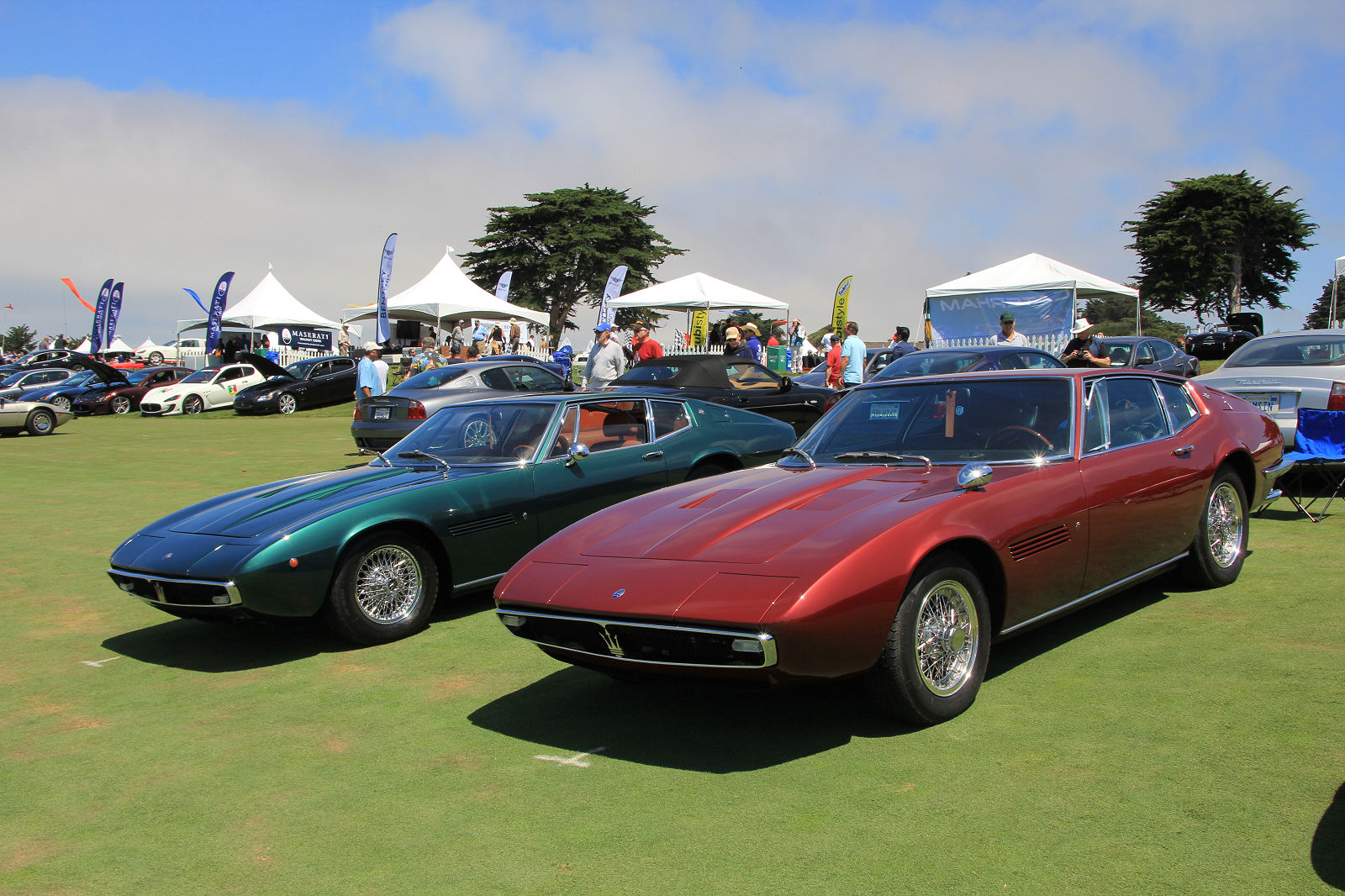
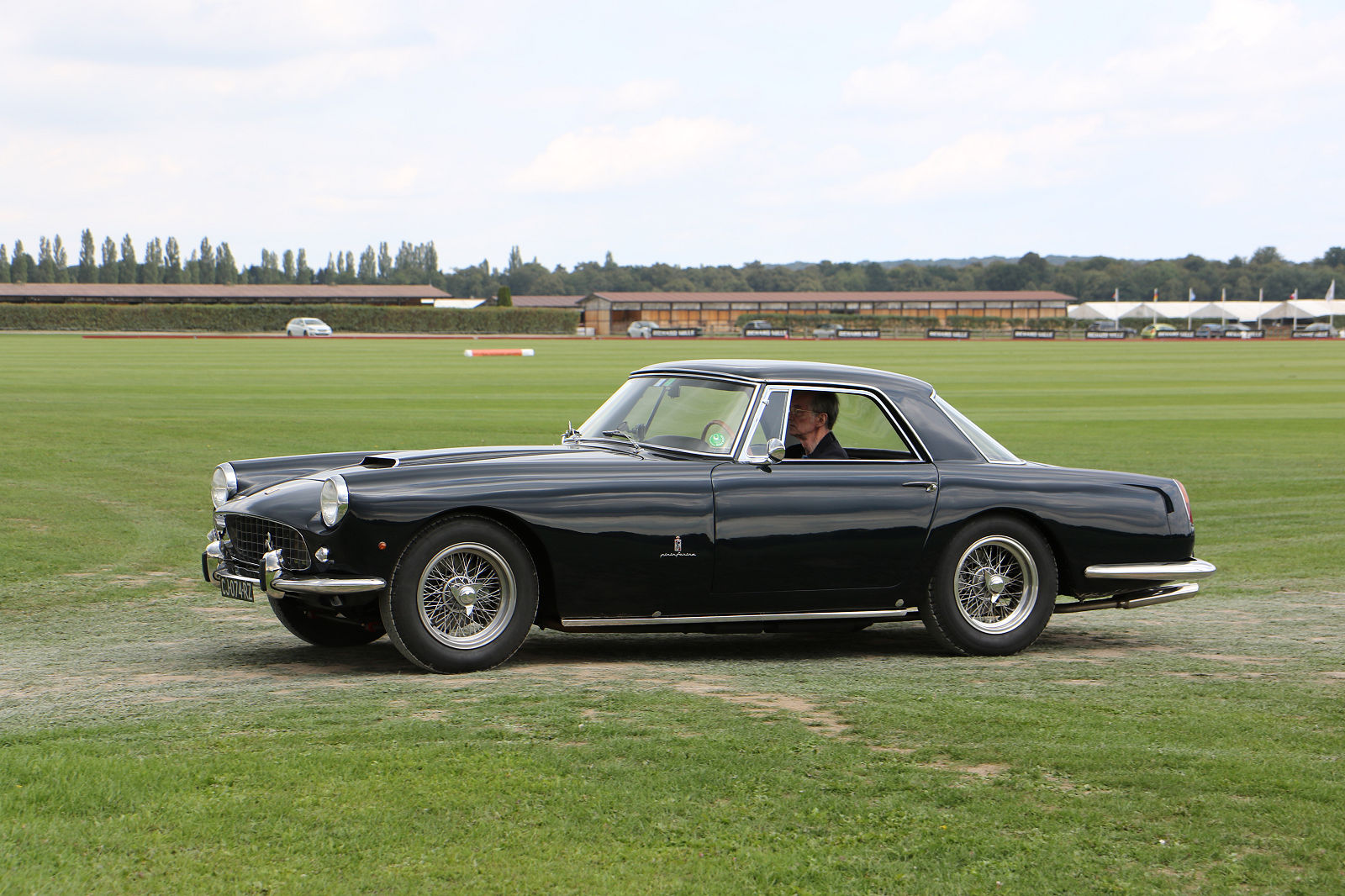
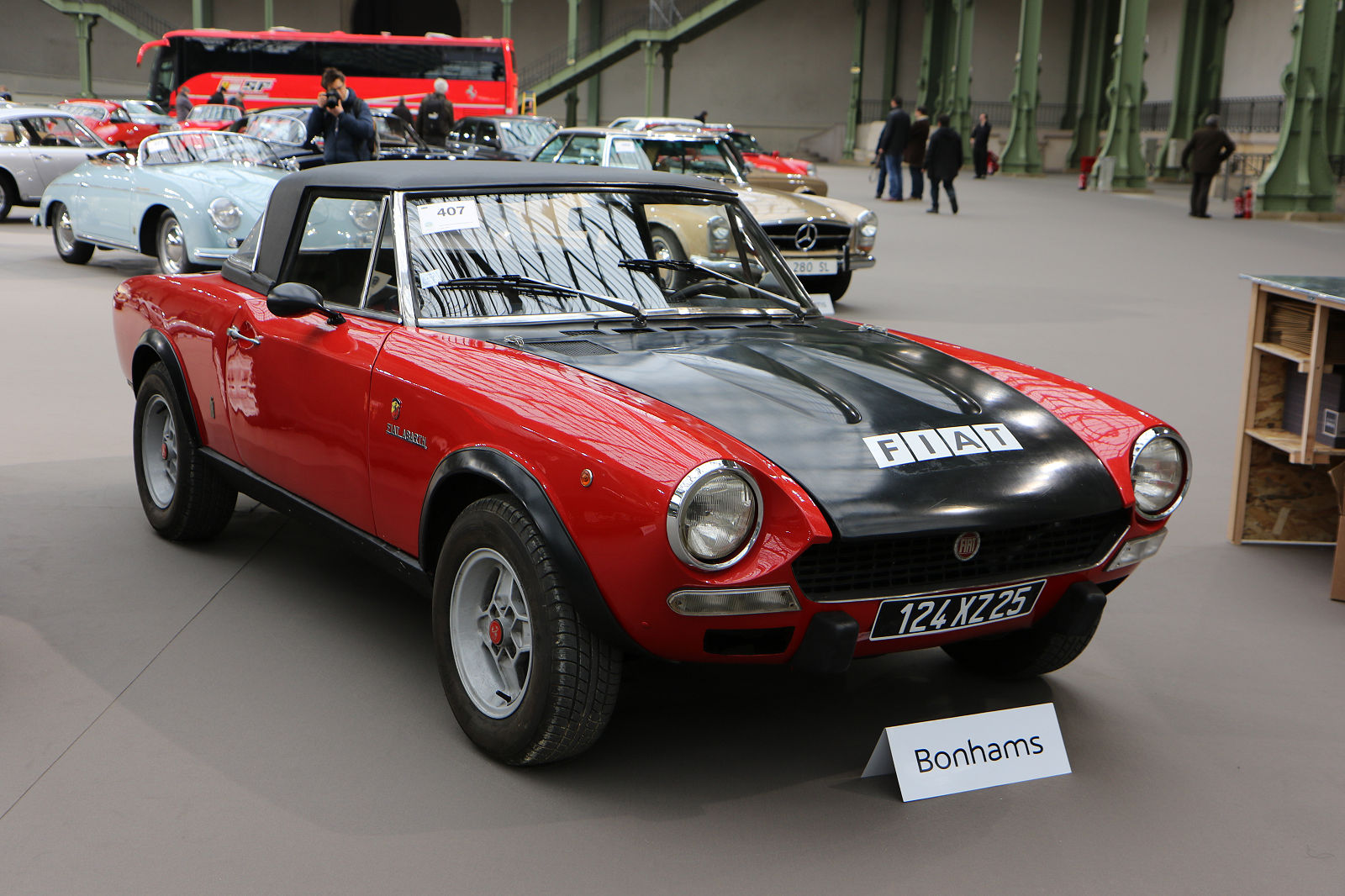
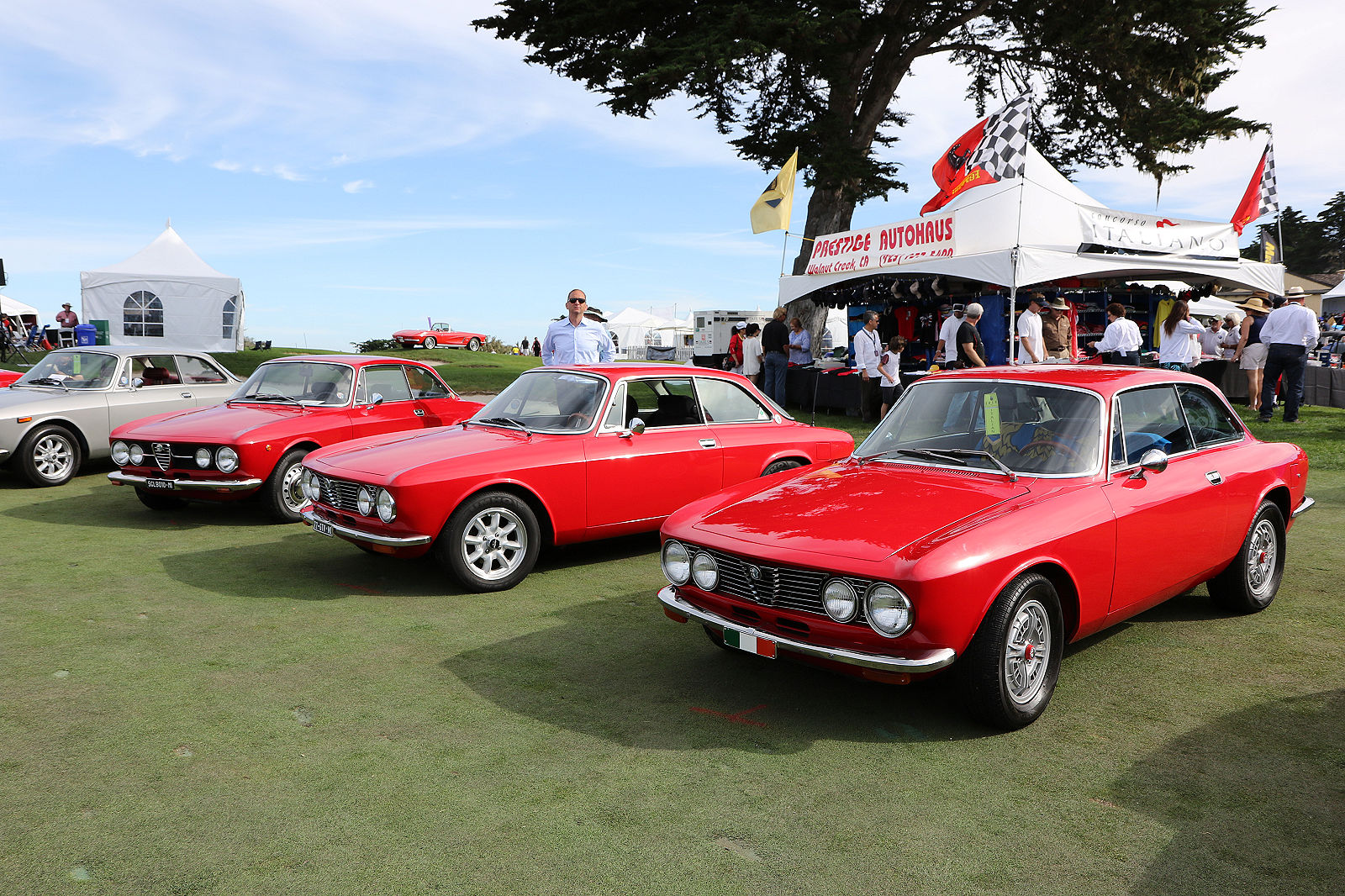

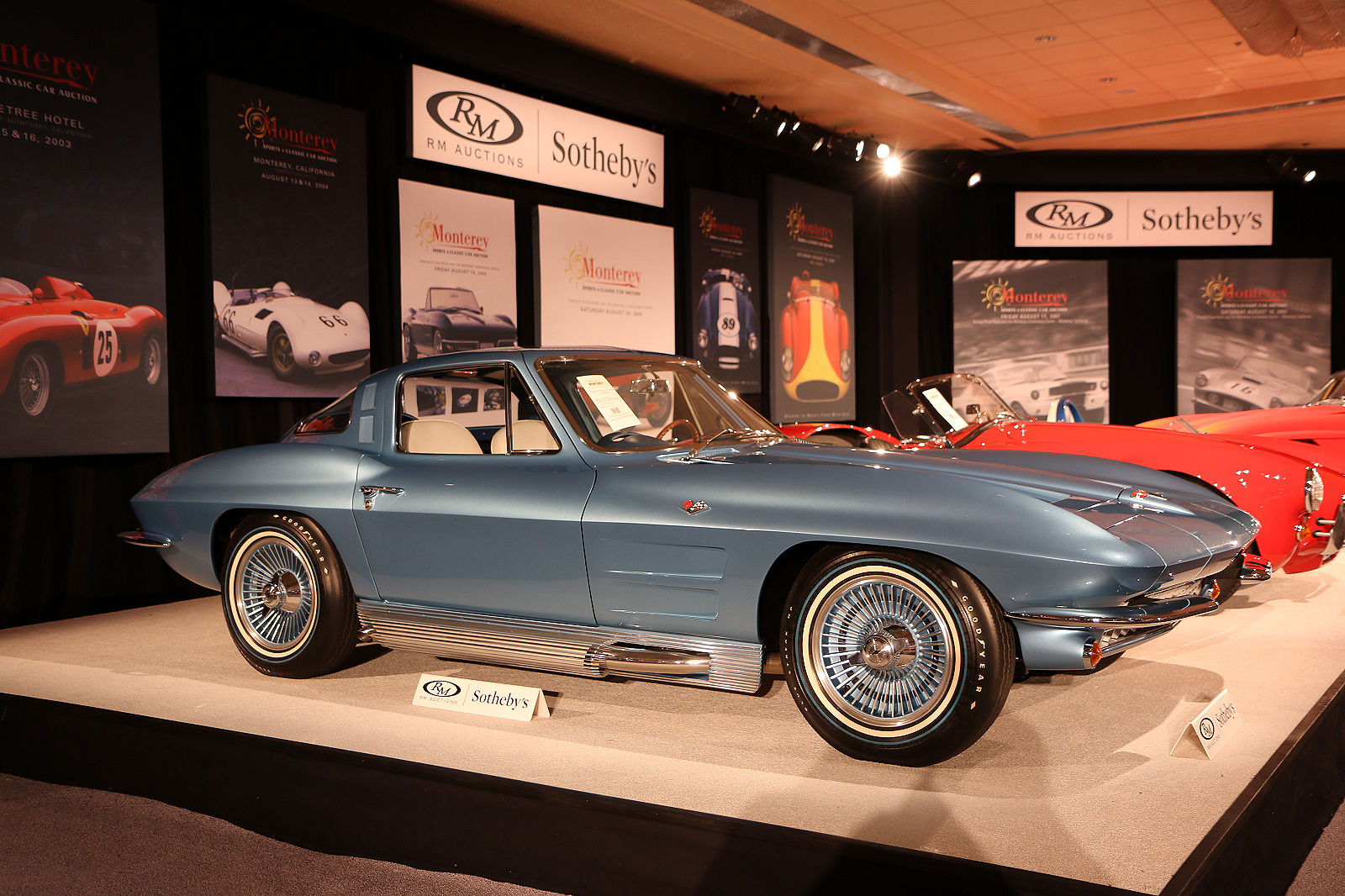
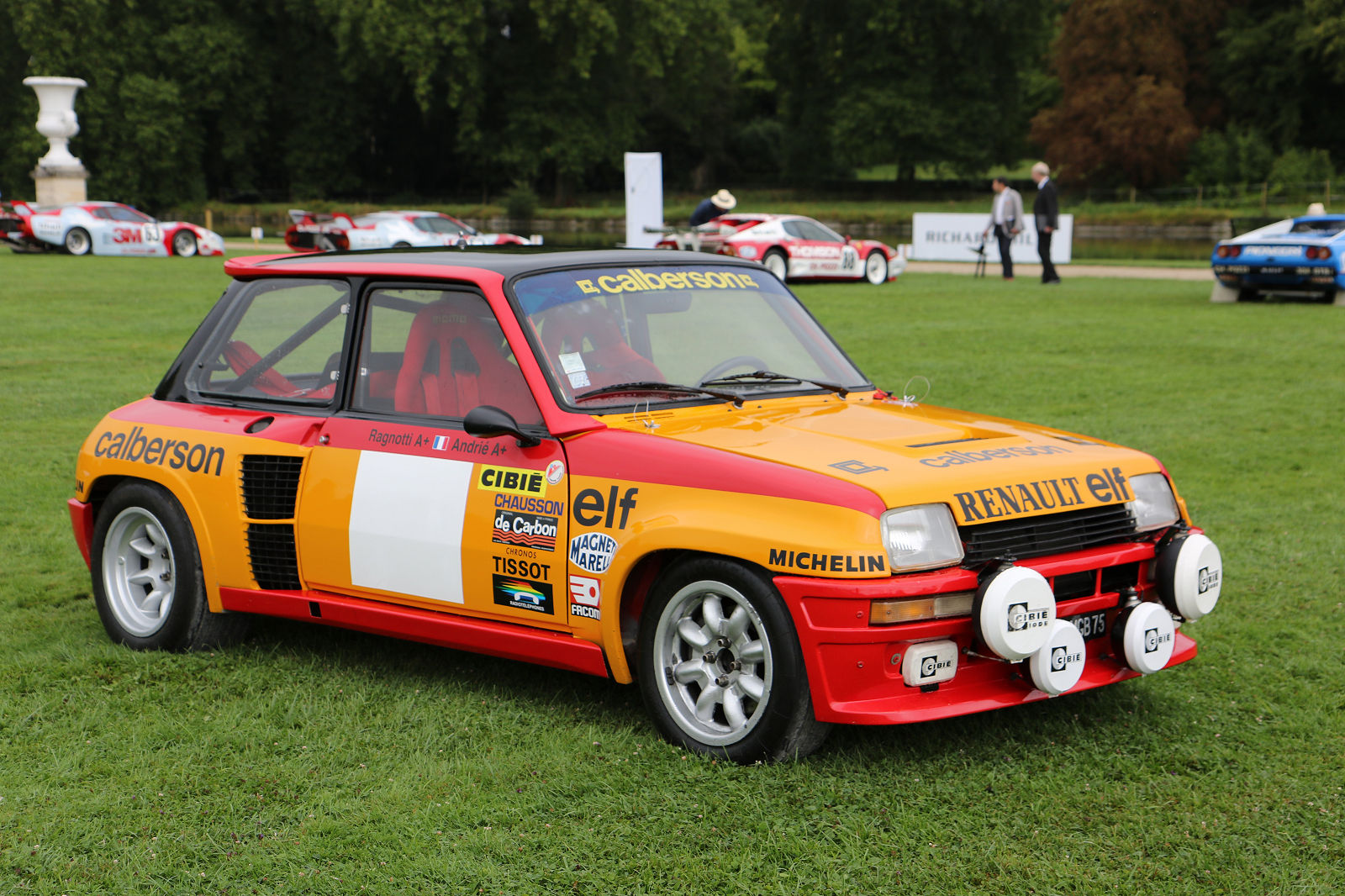
A very sensible choice indeed, and a sound basis for endless controversies!
In my imaginary ideal collection, I would have preferred the Alpine Berlinette A110 to the R5 Turbo, but I suppose that the discerning author excluded it for the same reasons as for the Porsche 356 and 911.
And a Lambo wouldn’t have been wrong either, even as the junior player of the chosen period.
Dream machines they were and remained such until this day, an inspiring defense line against the invasion of E-powered SUVs!
Great list, with which I have no arguments. My list would be much the same, albeit with a Lancia Fulvia in there somewhere
However, your comment on the Elan remaining un-copied is a slightly wide of the mark: in the British market, Mazda was quite clear that the Miata (MX5 in Europe) was a copy of the Elan – fortunately with added reliability…
Spot on with all of them. It’s hard to do a top ten. I learned something as well: ” the 124 series is the most produced model in the history of the automobile”. I had no idea and their race heritage is impressive as well.
I also didn’t know ow the R5 Turbo had some Gandini magic in the sauce. That was good to know. If I could, I would get one or an Alpine Renault. I remember growing up as a kid in the south of France playing in the schoolyard until I heard a rumble unlike anything else. We bend over the school wall and there she was, our friend’s older brother’s brand spanking new Alpine Renault, blue, of course. Hard to shake that image from your mind, 45 years later still.
Having owned one, I was pleased to see the Fiat Spider on the list, as well as the impossibly beautiful Maserati Ghibli, which I could only hope to own. I might have found room for the BMW 507 in place of the Renault, and chosen a different Ferrari, but no arguments with the others.
Congratulations to Brandes and Hugues for sticking their necks out on the Top Ten, and Pete for encouraging crank opinions (including mine).
I agree with most of the choices. My XK120 and Alfa 1900 sit next to my AC Bristol, which Brandes doesn’t include but gives convincing reasons for adding to the list. (For those who are muttering “Must be nice to be rich,” the Jag cost me $1000, the Alfa $2200. That was a long time ago.) I’ve had two long-term Aston DB2s, a Lotus Elite (purer, more beautiful than the Elan), a couple of Ferrari 250s, and a Maserati Sebring. Refining your definition of the ideal sports car explains why some of the ones no longer here are gone, and why others never made my list. It should be nimble and fun to drive. The Ferraris and the Maser were too heavy–GT cars, not sports cars. It should be beautiful, or at least exciting looking. This eliminates your Renault and Fiat.
I’d certainly add a Miura to the list. And while I agree that the pre-911 Porsches were slow and had weird handling (I had a 356), your Lancia was no faster. The Porsche was fun to drive and had a unique and appealing look.
From Jim Sitz
I would agree with the top 10 list! But it is never easy to make a list of the 6 or 8 cars you like to own or maybe 10…. the list goes on and gets bigger very easily. I would suggest the BMW 507; much more friendly to drive than the Mercedes. My own list would never have a Lotus on it, but I’m delighted to see the old 1951 Lancia GT included.
I agree with the list, especially since I have a one owner Alfa GTV, but wonder if the Lancia Stratos might not of made the list. Though I agree it was perhaps a bit too specialized for the rally function and not a classic “sports car”. The Lancia GT is the earlier sports car equivalent for sure.
Love wish lists and am lucky to own two from this one (E-Type and Duetto). Surprised the big Healeys didn’t make the cut. Have owned a couple and nothing like them for visceral pleasure. Thx for the fun!
As a child, my Dad used to give me the Earl’s Court Annual magazine listing the upcoming cars that would be for sale. My top 3 favourites for 1964 were the E-Type, the Austin-Healey 3000 and the Ferrari 250 Lusso. I am now the caretaker of the first two, but the Lusso will have to remain in 1/18 scale alongside my 300SLs. My full size fleet also includes an MGA Coupe and a Triumph TR250.
While I can understand why the author didn’t include the MGTC due to it basically being pre-war, the reality was that alongside Jags, most people could only afford MGs, Triumphs, Austin-Healeys and Porsche 356s. These were raced extensively in period, so sure seem like sports cars to me. I test drove a Fiat 124 with my brother but when we slammed on the brakes to test them, the engine broke loose from the subframe, so we limped it back to the dealer.
As far as being a real sports car over the last 3 decades, the Mazda Miata has best suited the label as far as I am concerned. I have owned 2 NBs, with never an issue.
I have owned two British sports cars,a1959 MGA Twin Cam and a 1963 Austin Healey 3000,purchased new
I currently have a 1974 AlfaGTV with 30000 miles on the clock,purchased also new.
I agree with the author,compared to the Alfa,the two British cars were archaic and nowhere near as fun to drive.
George Kater
I agree with the list with a few exceptions. The ALFA spider and graduate (remember the movie “the Graduate”. That movie probably sold more roadsters than any advertising campaign. I have owned lancias, Alfas and my favorite 71 fiat 124 , 79 fiat 124 and 2018 Fiat 124. The 124 spider definitely fits your definition – a car be driven not ridden.